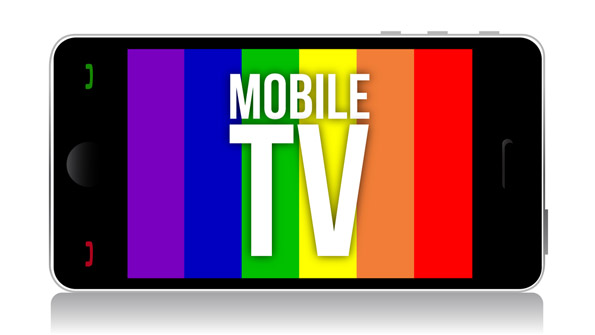NRT for Mobile TV is almost here
The Open Mobile Video Coalition (OMVC) today released a new report showing broadcasters how to take Mobile TV to a new level of functionality through transmission of non-real-time (NRT) content. The standard for delivery of non-real-time content was recently finalized by the ATSC and it expands the options and functions available over Mobile TV.

"This is a natural evolution of the Mobile TV standard," explained Sterling Davis, chairman of the OMVC's Technical Advisory Group (OTAG). "Storing programs in memory, clipcasting, digital signage, video-on-demand and micro-websites are ways for the broadcast industry to improve the array of services provided to users of Mobile TV, said Davis.
The clipcasting function permits short form video and audio clips to be stored on the mobile device for later consumption. The viewer selects desired clipcast services in a preference menu and is alerted when new content is available. Each of the clips are tagged with title and metadata information.
Example clipcasting might include short segments about news, weather, radar, sports, scores, financial markets updates, school closings and traffic information. The standard also supports important functions for emergency information
The standard supports both subscription-based and advertiser-supported clipcasting. In addition, content can be automatically refreshed and deleted if not played in a timely manner or when a newer version has been captured. The important functions of viewer measurement and ad targeting are also possible.
The standard also supports digital signage data capability. Digital signs in public transportation can carry local news, relevant advertising, weather (including radar images), and other information from local TV stations. Displays can be installed in buses, cabs, trains, and mounted inside stations. Mobile TV has other applications and could even be utilized as a delivery mechanism for device software updates or to manage centralized utility or local government needs by remote transmission.
A component of the approved standard will include support for a Mobile Emergency Alert System. This function would support headline overlays as warnings, rich media transmissions such as video or weather updates, and specific instructions during emergencies.
The professional video industry's #1 source for news, trends and product and tech information. Sign up below.
The question now becomes will broadcasters implement these features? Will you implement Mobile TV data transmission? Why or why not? Share your thoughts in the box below.
